The ocean is changing. Off California’s coast, where towering underwater forests once swayed in the cool Pacific currents, something extraordinary is happening. These aren’t just any forests – they’re kelp forests, the “sequoias of the sea,” and they’re telling us a story about our warming planet that we can’t afford to ignore. In recent years, rising ocean temperatures have fueled population explosions of sea urchins, which devour kelp at alarming rates, leaving behind vast underwater barrens. At the same time, climate change has weakened the resilience of these ecosystems, making it harder for kelp to regrow after storms or heatwaves. These forests aren’t just scenic backdrops—they provide shelter for fish, otters, and countless marine species while protecting coastlines from erosion. As scientists race to understand the changes, one truth is clear: California’s kelp forests are both a warning sign and a vital key to the ocean’s future health. Would you like me to also write a **closing section** that emphasizes the urgency of kelp conservation for California’s marine ecosystems?
The Perfect Storm Hits California Waters
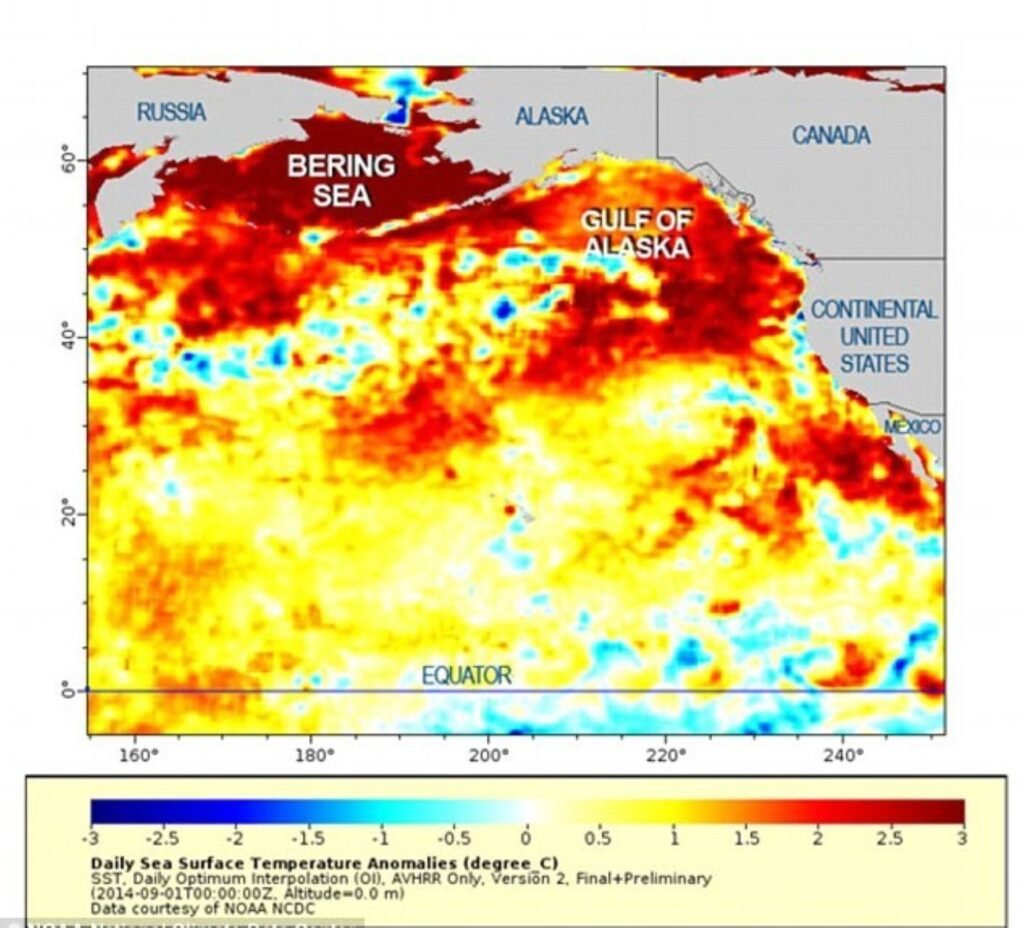
In 2013, a marine heatwave started warming the Bering Sea, and by 2014 the warm waters reached the California coast. Water temperatures rose as much as 2.5°C (4°F) above normal off the U.S. and Canadian coast and stayed high for over 1,000 days – the longest marine heatwave ever recorded. Scientists nicknamed this massive blob of warm water exactly what it looked like from satellite images – “the Blob.”
This wasn’t just any heat wave. Picture an enormous pool of warm water stretching from Alaska to Mexico, fundamentally altering ocean chemistry and marine life. Marine heatwaves are predicted to increase in severity and frequency over the next century due to anthropogenic climate change. Recent marine heatwaves have caused extensive ecological and socioeconomic damage to communities in tropical and temperate ecosystems worldwide. The Blob became a terrifying preview of our ocean’s future.
When Giants Fall – The Collapse of Northern California’s Underwater Forests
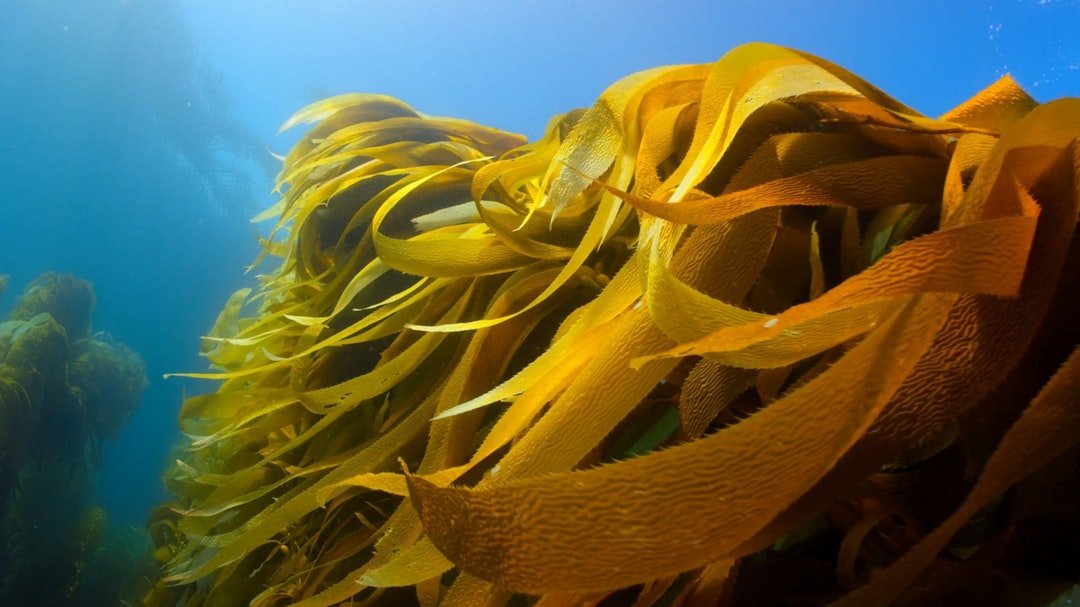
The research team found that the Northern California kelp canopy declined more than 95 percent in 2014-15, and the effects persisted for five years. Imagine if nearly every redwood tree in California suddenly vanished – that’s essentially what happened underwater along a 350-mile stretch of coastline.
The scale is mind-boggling. Since 2014, 95 percent of the kelp have vanished across a large part of Northern California, most of it bull kelp. These weren’t gradual changes happening over decades. This was ecological collapse in real-time, transforming vibrant underwater cities into marine deserts. The towering kelp that once grew up to two feet per day simply couldn’t handle the combination of warm water and nutrient-poor conditions that came with the Blob.
The Purple Army That Devoured Paradise
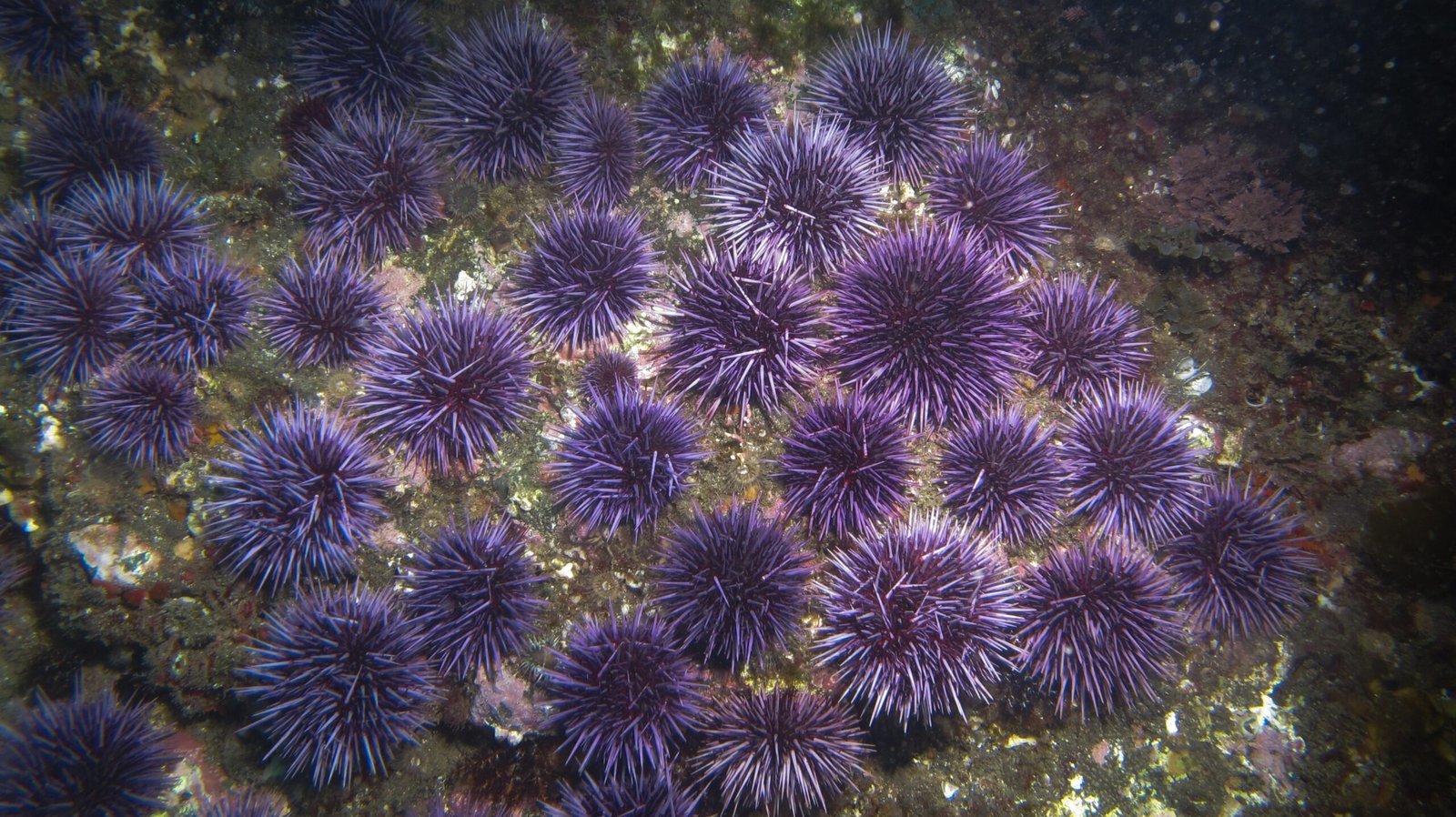
While warm water weakened the kelp, something even more sinister was lurking on the seafloor. Purple sea urchins have exploded in recent years off California, covering the ocean floor in what divers describe as a “purple carpet.” And they devour kelp: the once-lush forests of seaweed that hugged the coastline are disappearing.
These weren’t your typical kelp-munching urchins hiding in crevices and eating scraps. In 2014, they came storming out of the crevices looking for kelp. What made this invasion possible was the disappearance of their main predator. Purple sea urchins are usually kept in check by their main predator on California’s North Coast: the sunflower sea star. But these magnificent creatures – some with 24 arms and weighing up to 13 pounds – were dying from a mysterious disease that scientists believe was intensified by warming waters.
The Vanishing Guardians – When Sea Stars Wasted Away

The critically endangered starfish is the major predator of urchins in Northern California, but the species lost 99% of its population to a disease outbreak that scientists say was helped by the warming waters. The sunflower sea star wasting syndrome was like watching superheroes melt away – these voracious predators that once controlled urchin populations simply dissolved into mush.
The timing couldn’t have been worse. In the past decade more than 90% of the global sunflower sea star population has been wiped out by a gruesome affliction known as sea star wasting syndrome, a disease that breaks down the star’s body and eventually reduces its many limbs to mush. As billions of sunflower sea stars have wasted away, native purple sea urchin populations have exploded in nearshore waters. Without their natural predators, purple urchins multiplied at an unimaginable rate – some studies documented a 10,000% population increase in Northern California.
The Science of Oceanic Warming and Marine Life
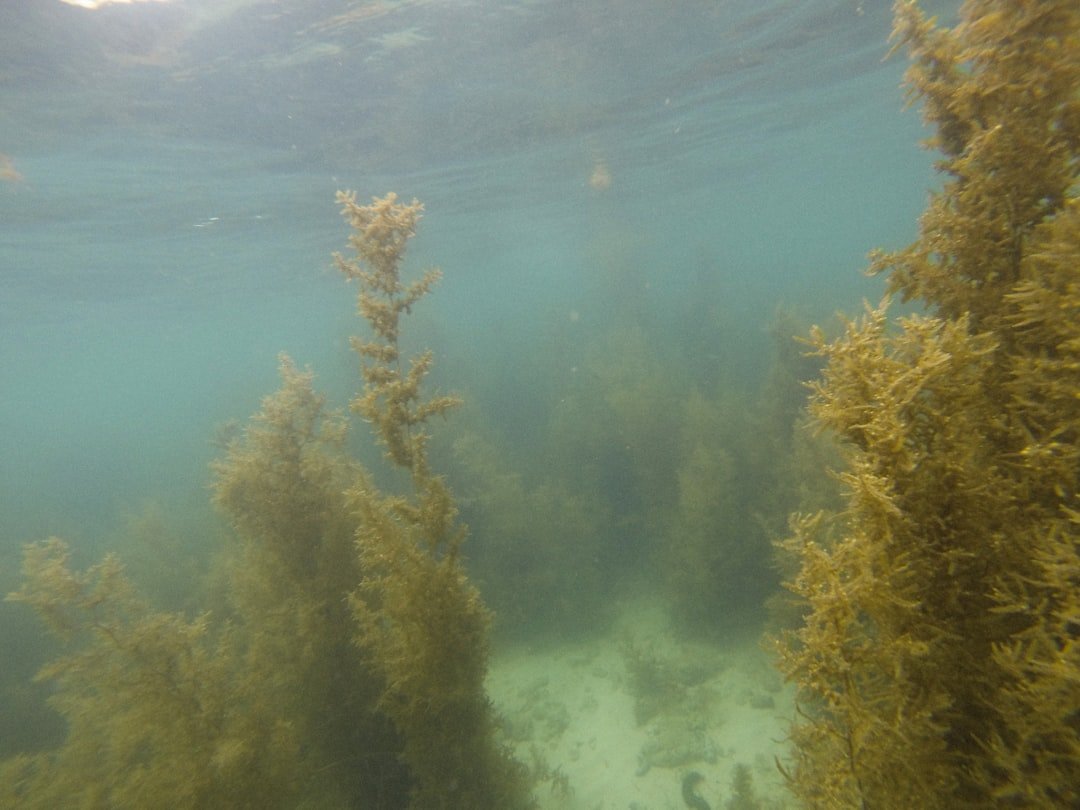
Like someone from Minnesota being dropped into an Arizona heat wave, giant kelp living in cooler, high-latitude waters were more vulnerable to excessive heat than kelp already living in warmer, Southern California waters. The high-latitude kelp completely failed to reproduce when stressed by the heat. This reveals something crucial about how climate change affects marine ecosystems differently across regions.
The science is both fascinating and frightening. They found that sea temperature had a strong influence on the rate of decomposition, with kelp fragments in cooler waters degrading more slowly. But ongoing sea temperature rises due to climate change could accelerate decomposition, reducing the amount of carbon that is stored for the long-term. This means that as oceans warm, kelp forests lose their ability to act as carbon sinks, potentially accelerating climate change in a vicious feedback loop.
From Forest to Barren – The Zombie Urchin Phenomenon
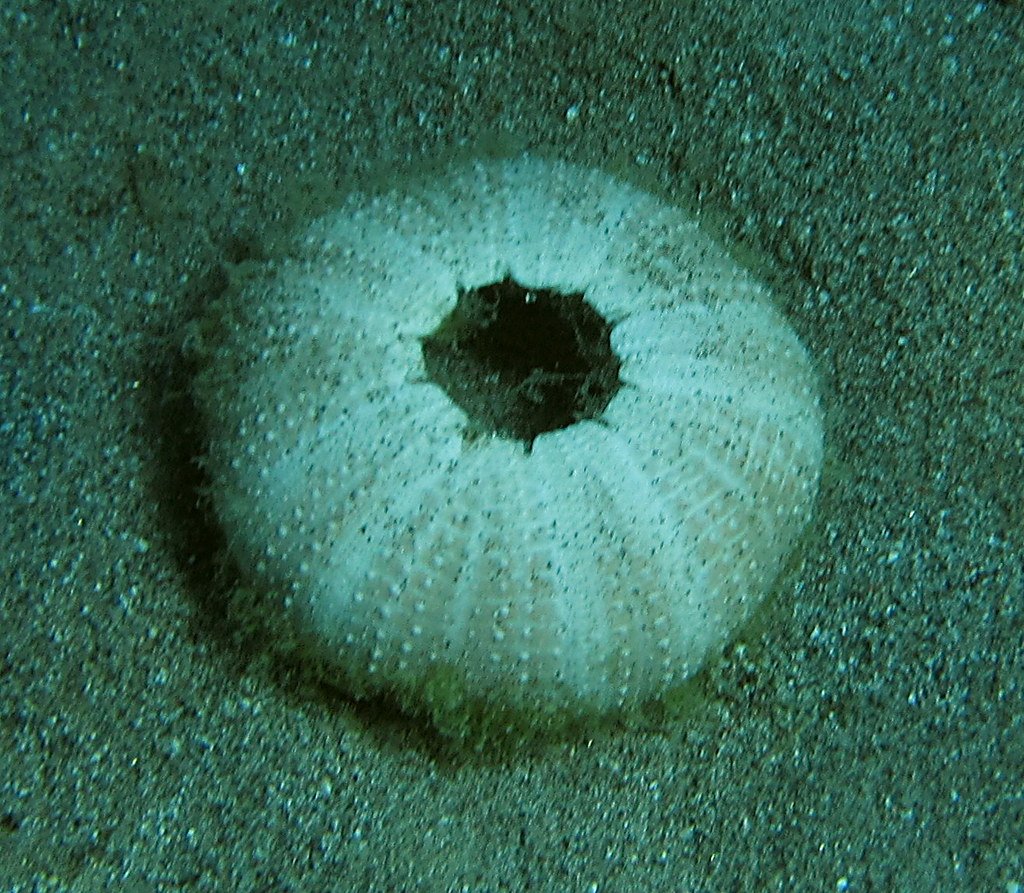
The urchin barrens look like dead, desolate ocean floors that lack any signs of life; except for the remaining “zombie urchins”, which are starving and barely alive without any kelp left to eat. Although giant kelp can grow up to 2ft per day, the zombie urchins suffocate the ocean floor and prohibit any growth. These aren’t your typical healthy urchins – they’re emaciated survivors clinging to rocks, preventing any kelp recovery.
The ecological transformation is staggering. This urchin population boom with few predators to keep their population in check led to widespread and rapid decline of more than 90% of the kelp forest in some regions and an ecosystem shift to an ‘urchin barren’, or urchin-dominated conditions. Urchin barrens can persist for years and even decades. What once supported hundreds of marine species became underwater moonscapes – barren stretches of rocky seafloor covered in purple spines.
The Ripple Effects – Economic and Ecological Devastation

The study shows how bull kelp deforestation triggered the closure of a $44 million recreational abalone fishery and the collapse of the north coast commercial red sea urchin fishery. More than 90 percent of bull kelp and 96 percent of red abalone were lost along 217 miles of northern California coastline within just a few years.
The economic impacts hit communities hard. Generations of abalone divers watched their livelihoods disappear literally overnight. Red sea urchin fishermen found their target species starving in the same barren conditions that destroyed the kelp. Sea otters and some 800 other marine species depend on them, as do fishers in the state’s abalone and red urchin industries, now devastated by a purple urchin population explosion. This wasn’t just environmental damage – it was the collapse of entire coastal economies built around these underwater ecosystems.
Fighting Back – Marine Protected Areas Show Promise
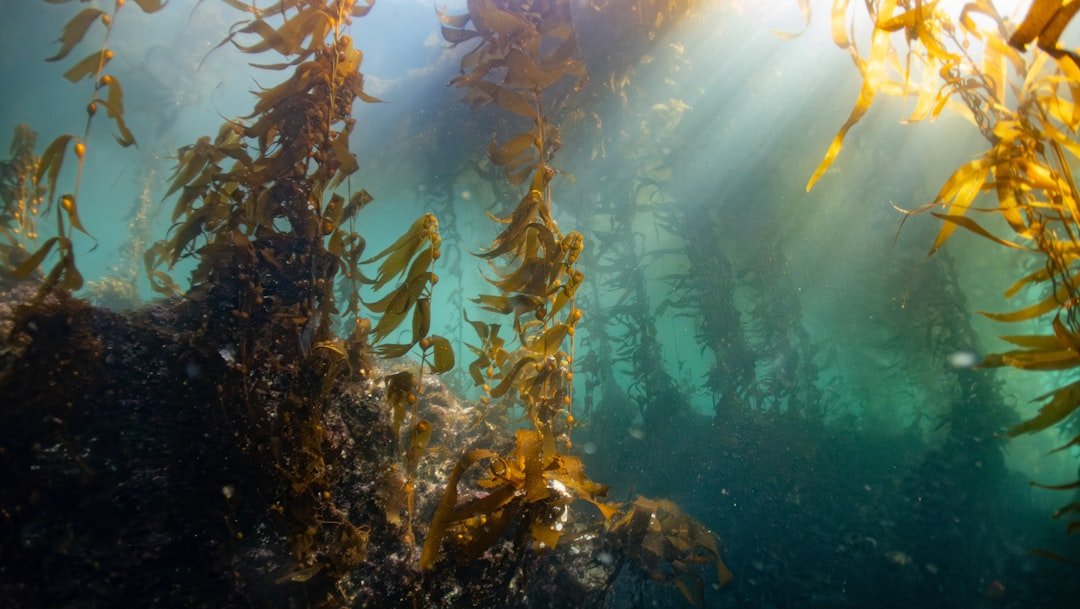
Kelp forests bounce back faster from marine heatwaves when shielded inside Marine Protected Areas. UCLA researchers found that fishing restrictions and predator protection strengthen ecosystem resilience, though results vary by location. Hope isn’t lost – scientists are discovering that protection efforts can make a real difference.
The research offers crucial insights for restoration. They found that although the overall effect of MPAs on kelp forest cover was modest, the benefits became clear in the aftermath of marine heatwaves in 2014-2016, when kelp forests within MPAs were able recover more quickly, particularly in southern California. This suggests that while we can’t stop warming waters, we can create refuges where kelp has the best chance of survival and recovery.
Restoration Efforts – The Race to Save What’s Left
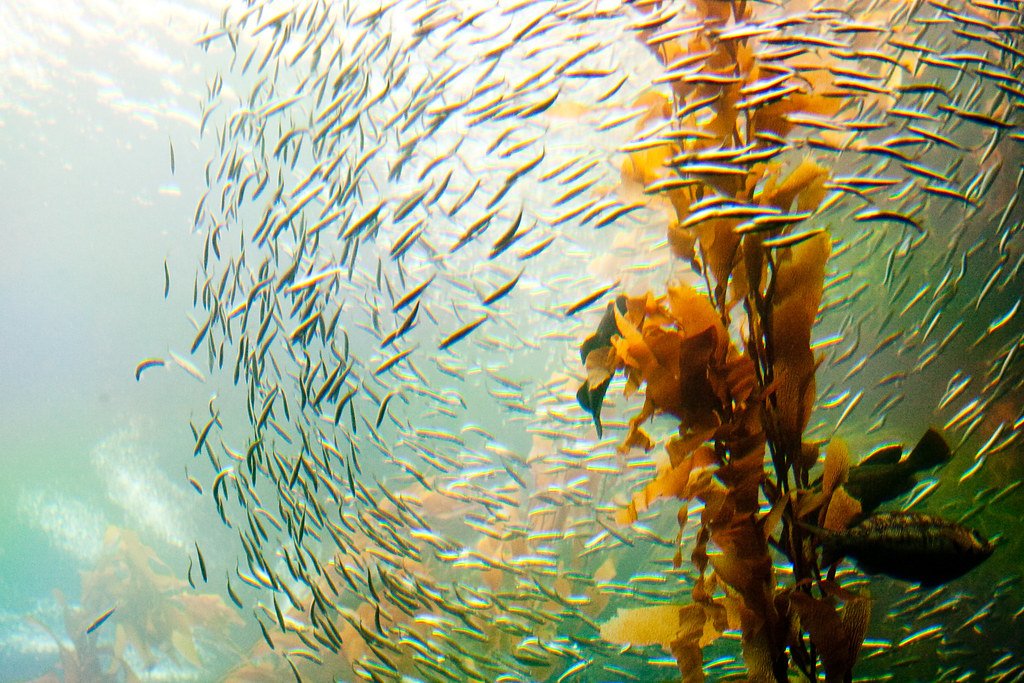
Volunteers and organizations have removed an unprecedented 5.8 million purple sea urchins from California’s coastal waters. This massive effort has sparked remarkable recovery in the kelp forests, offering hope for restoration and demonstrating the power of community-driven ecological action. Divers are literally fighting back, one urchin at a time.
The restoration efforts are as innovative as they are desperate. In a 110-day trial, an experimental triangular-shaped structure of PVC pipes moored to a solar-powered buoy, called a kelp elevator, lowered seaweed fastened to it to depths of 260 feet at night to absorb cold-water nutrients. Water at those depths is richer in nutrients; seaweed riding the kelp elevator grew three times faster and weighed four times more on average than kelp at a control site. Scientists are literally elevator-pitching kelp to deeper, nutrient-rich waters to help them survive in a warming ocean.
A Grim Future – What Climate Models Predict

Scientists predict that the intensity of marine heatwaves in kelp forest habitats around the world will roughly double by 2040 compared to the present average – regardless of how much or how little humanity reins in emissions of planet-warming gases. This is perhaps the most sobering finding – even if we act quickly on climate change, kelp forests face an increasingly difficult future.
The long-term projections are even more alarming. Exposure to projected marine heatwaves will increase ~6 to ~16 times in the long term (2081–2100) compared to contemporary (2001–2020) exposure. Kelp forests could face up to 16 times more marine heatwave exposure by 2100. We’re looking at a future where today’s “unprecedented” marine heatwaves become routine, and kelp forests face survival challenges unlike anything in their evolutionary history.
Conclusion
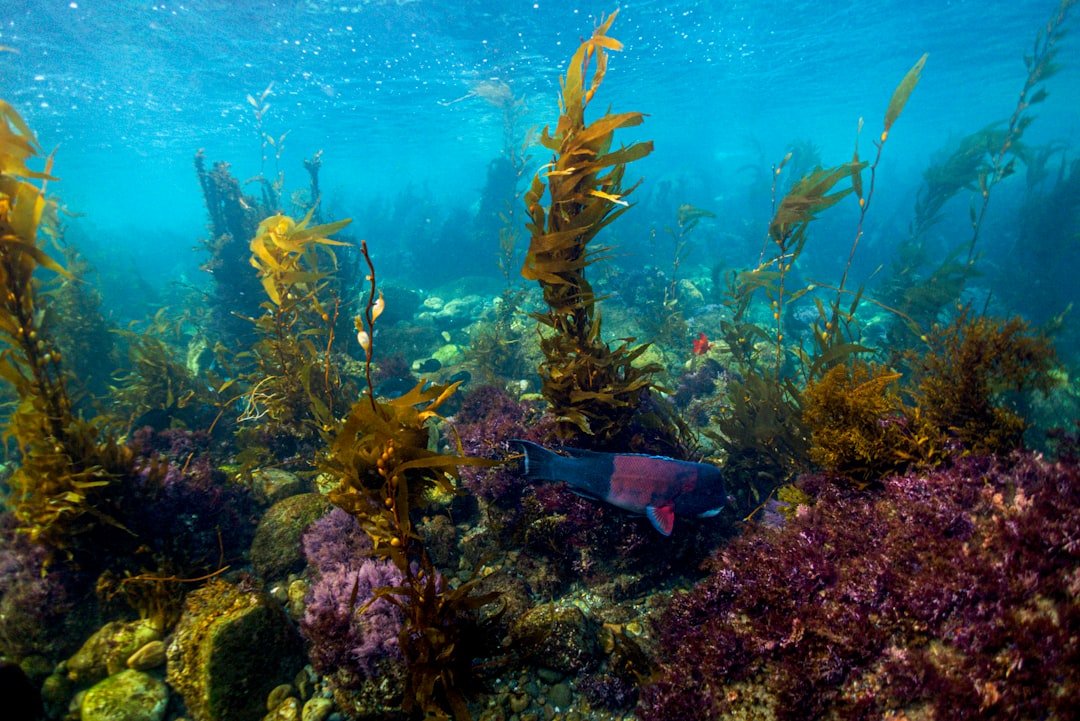
California’s kelp forests are more than just underwater plants – they’re sentinels of ocean health and bellwethers of climate change. Scientists call these fast-growing underwater forests the “sequoias of the sea” for their ability to store large amounts of carbon dioxide. By absorbing CO2 in the surrounding water, seaweed decreases acidification that can kill marine life. Their collapse represents not just a regional environmental disaster, but a glimpse into how rapidly warming oceans can transform entire ecosystems.
The story of California’s kelp forests is ultimately our story – a tale of rapid environmental change, ecological collapse, and the desperate race to adapt and restore before it’s too late. While scientists work frantically to understand restoration techniques and communities rally to remove millions of urchins by hand, the fundamental driver – warming waters – continues unabated. The question isn’t just whether we can save the kelp, but whether we can learn from their transformation fast enough to protect other marine ecosystems before they face the same fate.
What will you do when the forests in your backyard – whether on land or underwater – start disappearing just as quickly?




